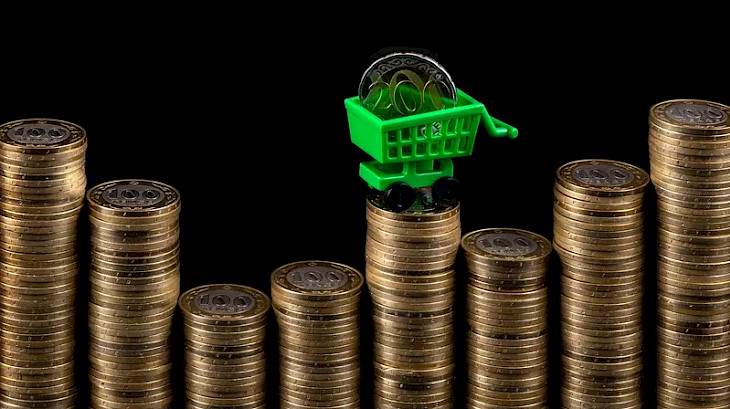Annual inflation in Kazakhstan accelerated to 12.9% in September, up from 12.2% in August, marking the highest level since August 2023. Monthly price growth also remained high at 1.1%, Zakon.kz reports.
Key drivers include:
-
Food prices rising 12.7% year-on-year, with sharp increases in meat (+19.1%) and oils (+19.5%).
-
Regulated tariffs up 17.4%, including a surge in cold water tariffs (+84.3%) and gas (+27.7%).
-
Non-food products growing 1.5%, the fastest pace since late 2022.
Analysts note that inflation is fueled mainly by structural issues such as outdated infrastructure and food market volatility, rather than purely monetary factors.
National Bank’s Dilemma
Economist Eldar Shamsutdinov believes the National Bank of Kazakhstan (NBK) will likely keep its base rate unchanged, despite continued pressure from rising food and utility costs. This may leave inflation above 10% through year-end, while cementing high inflation expectations.
J.P. Morgan earlier pointed out that Kazakhstan remains one of the few emerging markets where monetary tightening is still possible. Yet raising rates while global central banks are easing could “painfully hit” the economy.
Tenge Under Pressure
The tenge lost 1.9% in September, weakening to 549 per U.S. dollar. A widening current account deficit — $3.9 billion in the first half of 2025 versus $1.9 billion a year earlier — reflects falling exports and growing imports, further straining the currency.
To stabilize the exchange rate, the NBK has been selling foreign currency. In September, sales reached $500 million, while in the fourth quarter monthly interventions are expected to nearly double to around $1 billion.
On September 30, the weighted average exchange rate stood at 549.15 tenge per dollar and 6.66 tenge per ruble on the KASE exchange.
CentralasianLIGHT.org
October 2, 2025

